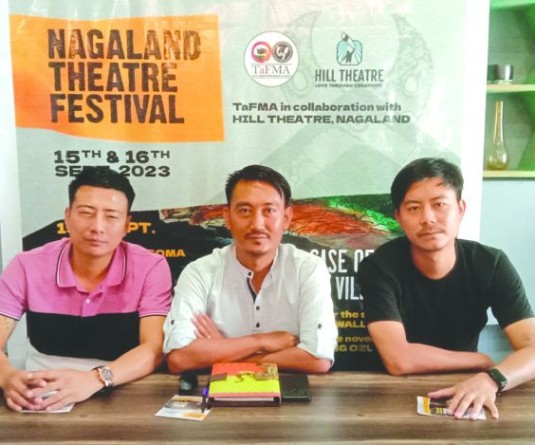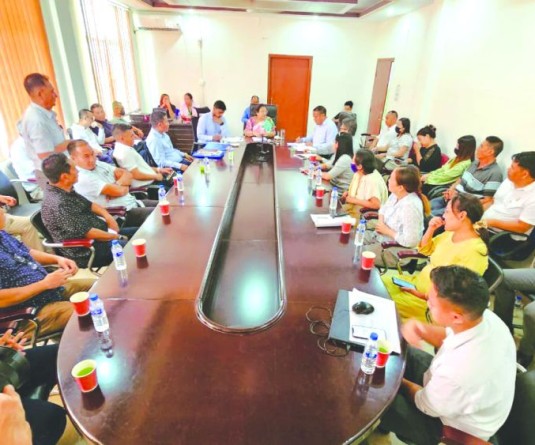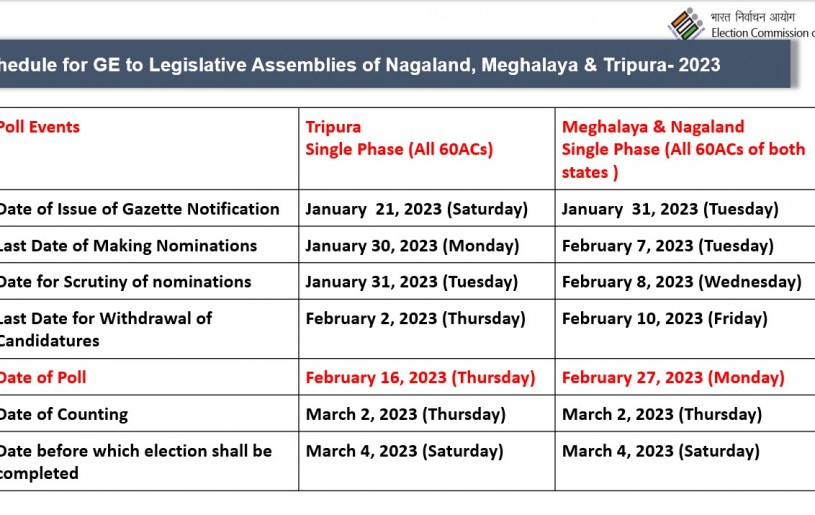Kohima Smart City
.jpg)
Murals, painted by citizens of different Wards in Kohima, are seen in the photos. The initiative is part of Kohima Smart City’s Citizens Engagement. (Morung Photos)
Ketholeno Neihu
Kohima | February 24
The Kohima Smart City Development Limited (KSCDL) recently launched a ‘Citizen Perception Survey’ as part of its effort to improve the capital’s performance in the upcoming Ease of Living Index survey.
Kohima was ranked the second most unlivable city during the first Ease of Living Index report compiled in 2018.
With the survey carrying 30% weightage of the overall assessment in the Ease of living Index 2019, as of date KSCDL has reached out to more than 1000 people in the city. However, the 22 close-ended questions in the survey only require a respondent to click/tick the most desired indicator. Delving into the questions put up in the survey, The Morung Express reached out to people of Kohima across various ages to express their views on Kohima and smart city development.
Town Planning
Civil service aspirant Weching, based his comment on the experience of looking for a rented apartment with easy access to transportation and markets two years ago. He noted that the capital has since become extremely congested and populated, and shared that “town/city planning will be the biggest challenge in the backdrop of the smart city mission.”
As far as the smart city project is concerned, Weching said he is well informed of the developments through local and social media and called it a positive initiative to keep the public on the loop.
Sanitation and Hygiene
For a college-going person like Chose, “construction of footpaths and roads and expansion of the same has been satisfactory.” However, he viewed that cleanliness and hygiene should be the top priority. Chose who graduated outside the state and came back to Kohima for additional degree, suggested that public reading spaces, parks, public libraries, or digital corners for students will not only encourage student-friendly activities but also an incubation for good citizens.
Atale, a vegetable vendor who has relocated her roadside shop at the market building, which is under construction in BOC area, is optimistic for good toilets with water supply and electricity. “Most toilets constructed by KMC are mostly pay-and-use. Poor people like us hardly make profit to spend on such basic needs,” she said.
In one of the pay-and-use toilets near the Police Headquarter, one has to pay Rs 10 to use the urinal and Rs 20 for the latrine. The toilet did not have electricity and had unclean water.
Traffic Woes
Dr Phyobemo Ngully who has been residing in Kohima for more than 50 years observed that over the years, there has been tremendous progression in the number of vehicles. However, “the roads have remained the same leading to a regression in commuting,” he said, adding that it is “taking a toll on our mental health due to Cortisol, a stress hormone that is released during traffic jams.”
Water Supply
In the ‘Vision and Goal for Kohima Smart City 2015,’ under physical infrastructure, it was mentioned that activities like rainwater harvesting or solar energy, recycling of sewage water etc, would be emphasized to a great extent. However, the indelible predicament in all growing cities, which is the acute shortage in water supply, has continually plagued dwellers across Kohima.
According to Temsu, president of a youth organisation in Lower Chandmari, a household receives only around 250 litres water from government once in 4 days, making citizens resort to bringing in private pipelines or purchasing water from private source.
He also mentioned that the Kohima Water Supply Sub-Project under SIPMIU, which was to be implemented in 2011, never came to be a reality.
Healthcare Services
In the question of quality and affordable healthcare services, a former Coordinator of Human Rights Law Network, Nagaland, Kezhosano Kikhi viewed that quality of healthcare remains a challenge with limited facilities and infrastructure, attributed due to lack of human resources, etc. “Patients with complicated illness or serious ailments are always referred outside the state,” she underscored. Limited quality and medical expenditure are others slacks, she added.
According to writer and journalist Rita Krocha, “If we can all respect public property and take ownership of our city as we do our own belongings and keep our own spaces at home clean, that will go a long way in creating the city of our dreams.”She envisioned citizens to become “instruments of change.”
While the aspirations of the citizens in terms of priority areas for smart city development indicate that citizens value smart living and mobility, it is pertinent to keep in mind that Kohima started out unplanned. However, whether KSCDL can take the ‘Citizen Perception Survey’ forward and manage to turn the capital into a ‘Smart City’ is also dependent on the participation from its citizens and how willing they are to become “instruments of change.”





